- What Are Common Causes of .FTP Files Lost or Failure?
- How to recover lost .FTP files?
- Programs to recover .FTP files
- How to open file with .FTP extension?
What Are Common Causes of ".FTP" Files Lost or Failure?
There can be several common causes for ".FTP" file loss or failure. Some of them include:
- Network connectivity issues: If there are problems with the network connection during the file transfer process, it can lead to file loss or failure. This can happen due to a weak or unstable internet connection, network congestion, or interruptions in the connection.
- Server issues: If the FTP server is experiencing technical problems or is overloaded, it may result in file loss or failure. Server crashes, hardware failures, or software glitches can all contribute to this issue.
- Incorrect permissions: If the user does not have the appropriate permissions to access or transfer files on the FTP server, it can lead to file loss or failure. This can happen if the user does not have the necessary read or write permissions, or if the FTP server is not properly configured.
- File corruption: Sometimes, files can get corrupted during the transfer process. This can occur due to errors in the FTP client or server software, issues with the file format, or data corruption during transmission.
- User error: Human error can also be a common cause of ".FTP" file loss or failure. Accidentally deleting or overwriting files, entering incorrect file paths or commands, or prematurely terminating the file transfer process can all result in file loss or failure.
- Firewall or antivirus software: In some cases, firewall or antivirus software on either the client or server side can interfere with the FTP file transfer process. These security measures may block or interrupt the FTP connection, leading to file loss or failure.
It is important to note that these causes can vary depending on the specific FTP client and server software being used, as well as the network environment and configuration.
How to recover lost ".FTP" files?
Sometimes while working with a computer, laptop or other stationary or mobile devices, you may encounter various bugs, freezes, hardware or software failures, even in spite of regular updates and junk cleaning. As a result, an important ".FTP" file may be deleted.

🧺 How to Recover Files and Folders After Sending Them to the Recycle Bin and Deleting? (Windows 11)
By no means should you think that the only way to recover a ".FTP" file is always to create it once more.
Use programs for recovering ".FTP" files if a file was lost after accidental or deliberate deleting, formatting the memory card or the internal storage, cleaning the storage device, after a virus attack or a system failure.
Programs to recover ".FTP" files
Looking for a way to get files back? In cases when files were deleted and they cannot be restored by using standard operating system tools, use Hetman Partition Recovery.
Follow the directions below:
-
Download Hetman Partition Recovery, install and start the program.
-
The program will automatically scan the computer and display all hard disks and removable drives connected to it, as well as physical and local disks.

-
Double-click on the disk from which you need to recover ".FTP" files, and select analysis type.
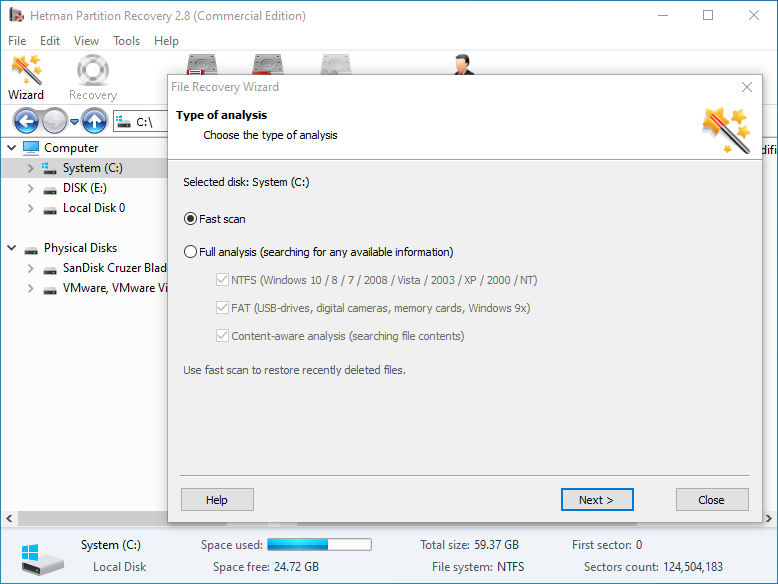
-
When the scanning is over, you will be shown the files for recovery.
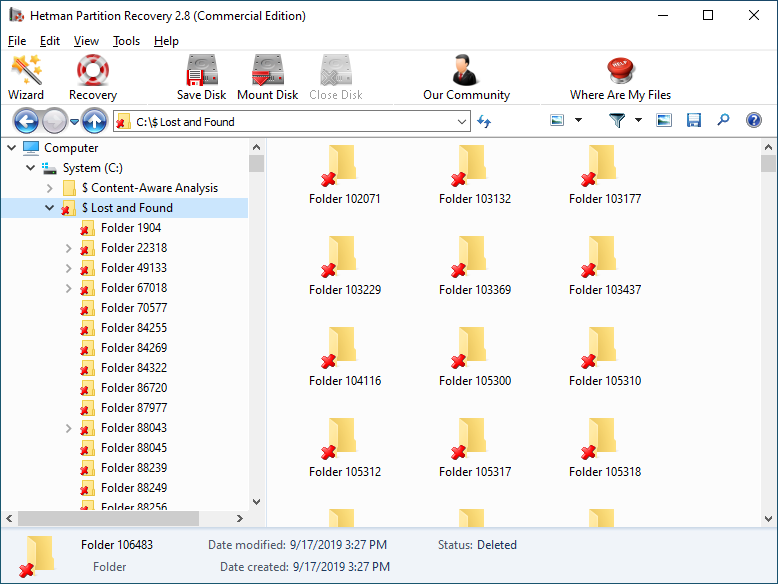
-
To find a file you need, use the program’s interface to open the folder it was deleted from, or go to the folder "Content-Aware Analysis" and select the required file type.
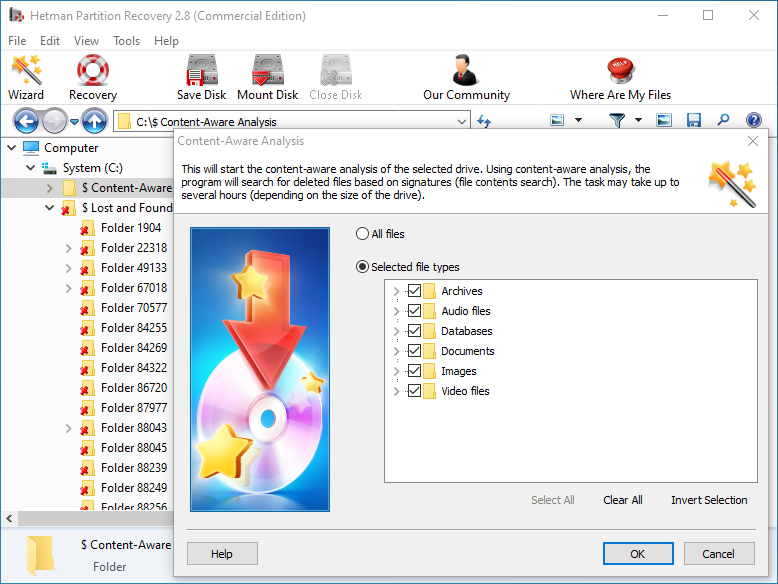
-
Select the files you have been looking for and click "Recovery".
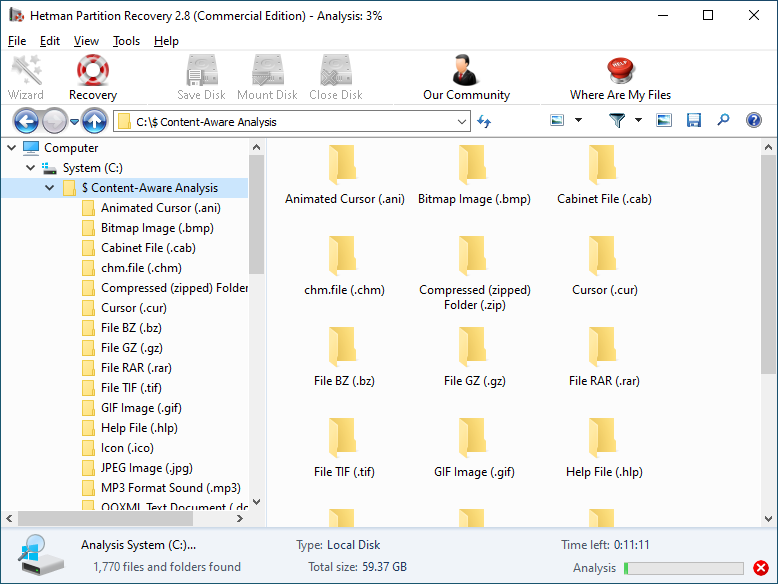
-
Choose one of the methods for saving the files and recover them.
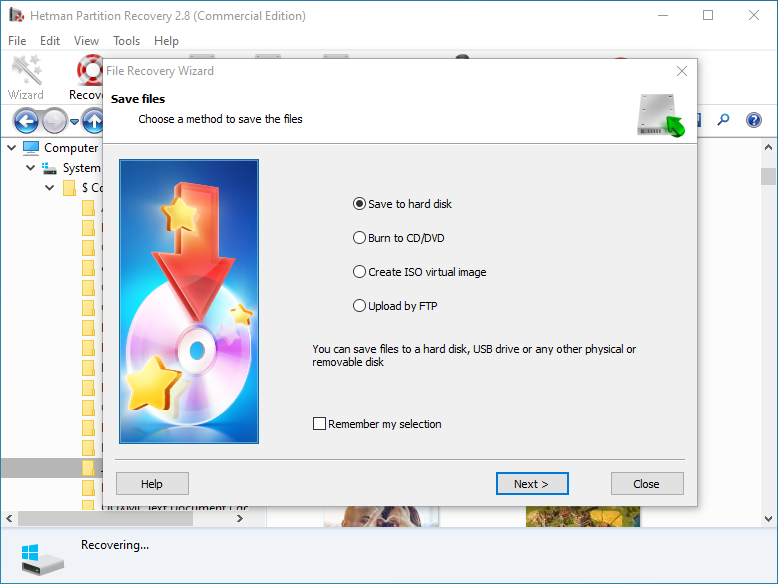
How to open file with ".FTP" extension?
Looking for how to open a stereo flashFXP XML File image file file?
Programs that open ".FTP" files
| Windows |
|---|
|
|
Additional Information
-
File type: FlashFXP XML File
-
File extension: .FTP
-
Developer: OpenSight Software
-
Category: Settings Files
-
Format: XML



